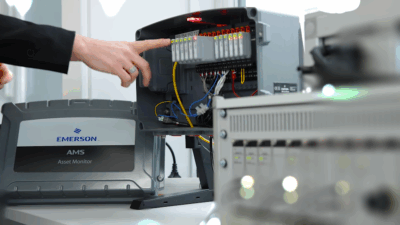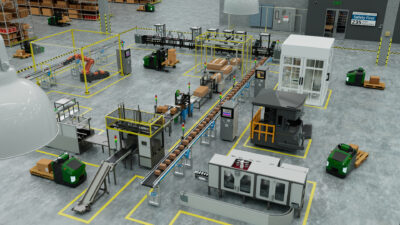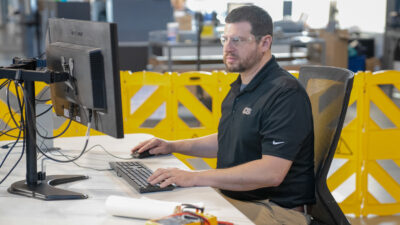In planning maintenance strategies in 2015, managers will have to balance the demand to save money and resources without sacrificing quality.

It’s that time of year when senior management gives the perennial nudge to their direct reports to conserve on costs and motivate employees to take heroic measures. But for maintenance professionals that notion can sound like "do more with not enough."
How do maintenance managers negotiate between cost savings and quality and keep their balance on this double-edged sword? What can they do to protect their teams from snapping when they are stretched to the limit – and, at the same time, find creative ways to operate in an economic climate where the demand to "do more with less" never seems to go away?
As with any complex challenge, start with the basics. For maintenance professionals, that means examining two fundamentals: priorities and preventive maintenance.
Technological allies
To assess those fundamentals, a CMMS (computerized maintenance management system) is a proven technological ally for managers who must analyze their department’s priorities and maintenance practices – whether to justify capital investments to senior executives or to prevent budget cuts from going too deep. And a robust CMMS lowers costs by automating preventive maintenance, provides tracking and documentation management capabilities and helps managers save countless hours when it comes to responding to questions from internal company accountants or external government auditors.
The emerging field of "smart" devices offers additional technological assistance for maintenance teams looking to lower expenses. For instance, one manufacturer saved millions of dollars and significantly reduced corrective maintenance in one of its facilities by fitting intelligent diagnostics to control valves. Installing and monitoring these types of devices on key assets will no doubt impact the bottom line for more companies in the future.
Vendors and versatility in training programs
Beyond using technology effectively, short-staffed managers are also lowering costs by improving training programs for the human team members who must operate that technology.
One idea gaining traction in the current competitive climate is the use of manufacturing equipment vendors to train the maintenance team. At one public facility in the Midwest, the operations manager had to adhere to tight budget limits imposed by the state government. To stay within those limits, he asked a local vendor to teach his staff how to make basic repairs – rather than having the vendor come in every time a machine needed servicing. Not all vendors, of course, will be open to such arrangements. But when contracts are negotiated fairly, vendor-led training may be an option for some maintenance teams looking for savings.
Apprenticeships are another cost effective approach to optimizing smaller staffs and resources. Testing the capabilities of new hires and then training them through an apprenticeship program helps to improve skills and build teamwork – both of which improve efficiency.
Some managers also stretch their budgets by recognizing the importance of versatility for today’s maintenance professionals. These managers promote training programs where staff members learn multiple skills or choose from a multi-trades curriculum. This type of staff development makes it easier for the maintenance team to adapt to rapid changes in the workplace and for managers to stretch their resources.
Valuing what matters most
Besides developing hands-on technical skills, managers who get the most from their teams pay attention to the intangibles as well. Giving maintenance staffers respect and responsibility motivates them to strive for higher levels of performance. A case in point: a department head at a manufacturing plant assigned each technician on the team to be in charge of a particular section of the facility and to manage his own budget for that area. The result? Plant downtime practically dropped to zero.
Keeping costs low when demands are high is not always easy. But being willing to take a hard look at old habits and adapt to new ways of working will help maintenance teams make the most of what they have.
Paul Lachance is president and chief technology officer for Smartware Group, Inc., producer of the newly redesigned Bigfoot CMMS. Lachance has been developing and perfecting CMMS for the maintenance professional for more than 20 years. Contact Paul directly at [email protected] or visit bigfootcmms.com.



